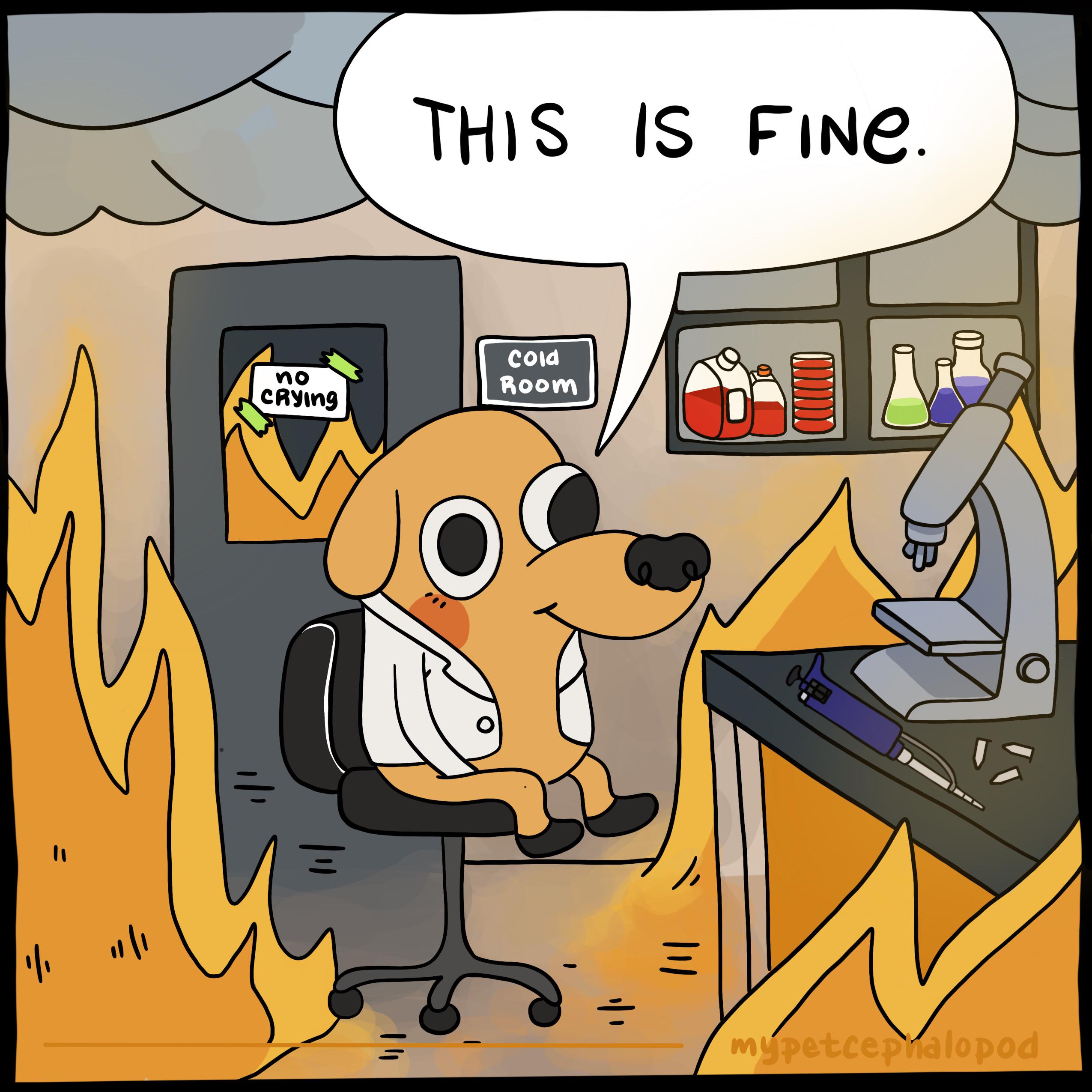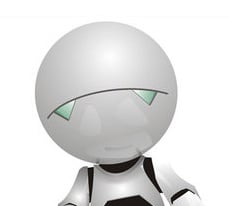Max Planck: I also just discovered the shortest amount of time something can last any ideas what I should name it?
Marie Planck: Planck time
Max Planck: :'(
Minor Planck
Would you rather it be called Max length?
Yes
Absolutely.
Definitely.
Doubtlessly.
Undeniably
Indubitably
Unhesitatingly
Totally
Insidiously
See it’s funny bc his name is max
Planck died before he finished his Grower/Shower addendum to the scale.
Tiniest thing imaginable
Nah, I can imagine half a planck length

Any smaller and it’s not even there at all!
Any good link for a simple explanation on how there cant be smaller length?
To accurately measure the size or location of something requires energy. The more precise the measurement, the more energy is required. The amount of energy required get the precision below the Planck length would literally create a black hole.
Why does it require more energy?
Because the uncertainty in the measurement is related to the wavelength of a photon used to make the measurement and smaller wavelengths (higher frequencies) lower that uncertainty but are more energetic.
PBS Spacetime has an excellent video on this very subject.
I’ve never found a good link, and I’m not certain that I know best, but I can try to explain it to you.
First: an understanding of the Pauli exclusion principle. Often people ask “Why can’t there be 3 electrons in that orbital, there’s plenty of space?” The thing is that the electrons are completely¹ defined by just 4 numbers: spin (±½), shell (positive integer), subshell (integer from 0 to shell-1) and magnetic (integer form -subshell to +subshell). Why there can’t be more than 2 electrons in the 1st shell is that you can chose spin from (±½), shell is 1, subshell has to be 0, magnetic has to be 0. Its like asking “Why can’t there be 3 integers between 0 and 3, there’s plenty of space?” and the answer is that whatever integer you come up with will be one of the 2 already known (1, 2).
Similarly, as I understand it, the fundamental laws of physics don’t distinguish between “things” closer than 1 Planck length apart. That doesn’t necessarily mean that the universe operates on a 1 Planck length grid, just that any two “things” separated by less than a Planck length are indistinguishable from one new “thing” with different properties.
I’m fairly confident in the PEP description, the Planck length one I’m less 100% sure about, but its how I understand it at least.
¹assuming a universe comprised of only a single hydrogen atom, otherwise the states of everything else in the universe can perterb the state functions and things can get messy, but usually not enough to merge shells.
Thank you for trying, your explanation is not nearly dumb enough. I feel like the match girl smelling the roast while having a bite of stale bread. There is knowledge I just can smell but not taste. The one thing I got though that clarified a bit is that Planck lengths is not a statement that space, the 3 dimensions, is quantized but rather that it’s mathematically insignificant when trying to distinguish two particules separated by Less than that length.
The smallest particles are not actually balls, but are wibbly wobbly. To measure something we need to interact with it, even if we interact with it using light. But because those particles are all wibbly wobbly, we can’t say for sure where they are exactly. And that unsure distance is Plancks length.
Disclaimer; I am not theoretical not a physicist, now eat your vegetables.
I think the best way to understand the Planck length is to understand how we came to Planck’s constant in the first place.
SciencePhysics girl has a good video on it (she shared today that she’s getting better, which is fantastic news)
Planckiest violin, play me Despacito.
How much in Inch?
Roughly 0
Not much
6.363×10-34 in
Now in feet and miles
5.303×10-35 feet
1.0043×10-38 miles
4.20x1069 OP’s dicks
Absolutely fathomable.
Not American enough. I need it in football fields.






